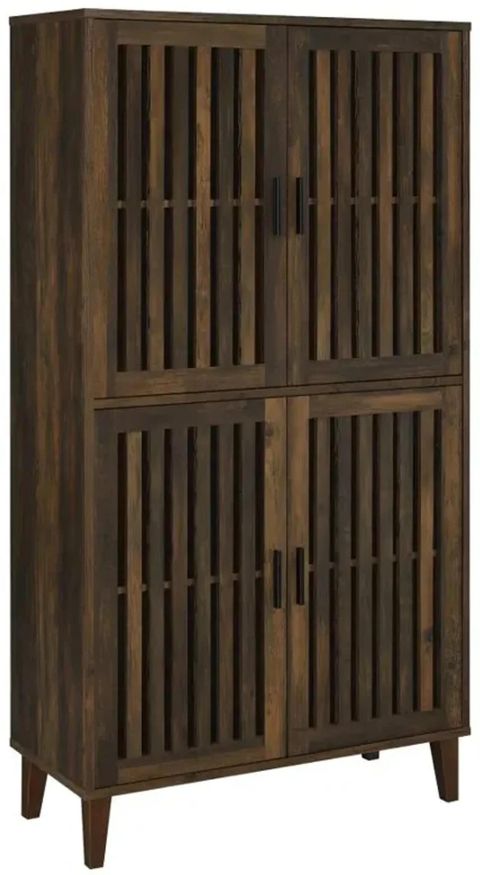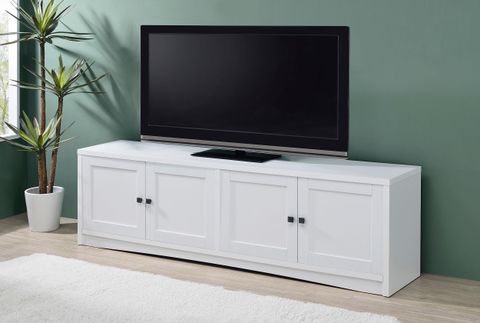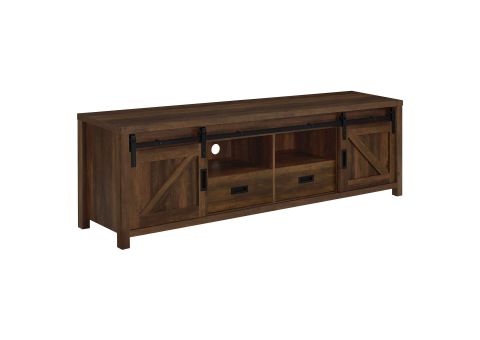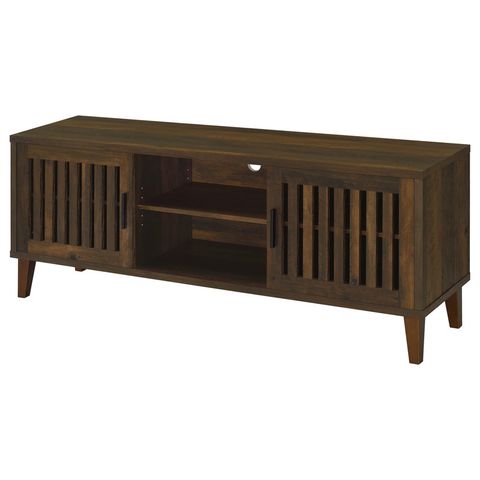When you think about your living room’s entertainment center, you probably picture sleek lines, stylish finishes, and that satisfying ‘click’ when everything fits just right. But there’s something more fundamental happening behind the scenes – something that determines whether your furniture will last decades or just a few years. That something is the material underneath those beautiful surfaces. Engineered wood isn’t just another buzzword in the furniture world. It’s a game-changer for anyone who wants their entertainment furniture to stand the test of time.
Picture this: You’ve finally found the perfect entertainment center that matches your living room perfectly. It’s got all the right features, the right look, and even the right price tag. But after two years, you start noticing small cracks forming along the edges. The shelves begin to sag slightly under the weight of your collection. What happened? Is it just bad luck, or could it be something more fundamental about the materials used? This scenario plays out countless times every year, and it often comes down to one critical factor – the type of wood used in construction. Traditional solid wood furniture, while lovely, isn’t always the most practical choice for the daily demands of modern entertainment spaces. Enter engineered wood, a revolutionary approach to furniture building that’s changing how we think about durability and longevity in home furnishings.
What Makes Engineered Wood Different
Let’s get real for a moment – engineered wood isn’t some fancy new invention. It’s actually been around for decades, but it’s only recently gained widespread recognition for its incredible advantages. Unlike traditional solid wood, which is literally one piece of timber cut from a tree, engineered wood is made by combining multiple layers of wood fibers, particles, or veneers. Think of it like building with LEGO blocks instead of using one massive block. Each layer serves a specific purpose, and together they create something stronger than the sum of their parts. The manufacturing process involves compressing wood fibers with adhesives under high pressure, creating panels that are remarkably consistent in quality and performance. This consistency is crucial for entertainment furniture, which needs to handle frequent use, varying temperatures, and the occasional accidental bump from a remote control or DVD case. The result? A material that’s less prone to warping, cracking, or splitting than solid wood, especially in environments with fluctuating humidity levels.
The Science Behind Longevity
Here’s where things get really interesting. Engineered wood’s durability advantage comes from its very structure. When wood naturally dries out, it shrinks and can crack or warp. But engineered wood has a secret weapon – the way its layers are oriented. In many engineered wood products, the grain direction changes between layers, creating stability that natural wood simply cannot match. Imagine trying to bend a single sheet of paper versus bending a stack of papers layered in different directions. The layered approach provides resistance to stress and movement. Additionally, the adhesives used in engineered wood manufacturing have evolved dramatically over the past few decades. Modern formulations are not only stronger but also more environmentally friendly, offering the best of both worlds – durability and sustainability. These improvements mean that today’s engineered wood furniture can withstand the rigors of daily life much better than previous generations of engineered products.
Real-World Performance in Entertainment Settings
Let’s talk about actual experience rather than just theory. Many families have discovered that engineered wood entertainment furniture handles the daily wear and tear of modern living much better than they expected. Picture a family room where a large entertainment center sits beside a window, getting direct sunlight for hours each day. The heat and UV exposure would cause solid wood to fade and crack within a few years. But an engineered wood piece, properly designed and finished, maintains its integrity and appearance. The same goes for the inevitable spills and accidents. While no furniture is truly spill-proof, engineered wood’s density makes it less likely to absorb liquids and develop stains. Even when water does get in, it’s far less likely to cause structural damage. Many manufacturers now offer warranties on their engineered wood entertainment furniture that span 10 to 20 years, a testament to their confidence in the material’s longevity.
Cost-Effectiveness Over Time
Now, let’s address the elephant in the room – cost. When you first shop for entertainment furniture, engineered wood might seem more expensive than basic alternatives, or even comparable to solid wood. But here’s the kicker: the total cost of ownership tells a different story. Think about it – how often do you replace furniture because it broke or became damaged beyond repair? With engineered wood, you’re looking at a much lower replacement rate. Consider the cost of a solid wood entertainment center that needs replacing after five years due to warping and cracking. Now compare that to a quality engineered wood piece that lasts twice as long. The savings add up quickly. Plus, engineered wood furniture often requires less maintenance over time. No need for regular refinishing or special treatments to protect against moisture and temperature changes. It’s like having a car that doesn’t need oil changes as frequently – you’re saving money and time.
Environmental Advantages
There’s another compelling reason to consider engineered wood: its environmental impact. Solid wood furniture often means cutting down trees, which has ecological consequences. Engineered wood, however, uses smaller wood pieces and often incorporates wood waste from other manufacturing processes. This means more efficient use of forest resources and less waste overall. Many engineered wood products are made with sustainable practices, using adhesives that meet strict environmental standards. Some manufacturers even use recycled wood fibers, further reducing the demand for virgin timber. When you choose engineered wood for your entertainment furniture, you’re not just choosing durability – you’re also making a choice that’s better for the planet. This is particularly important as consumers become more aware of their environmental footprint and seek sustainable options for their homes.
Making the Right Choice for Your Space
So how do you know if engineered wood is right for your entertainment setup? Start by examining the product specifications. Look for terms like ‘high-density fiberboard’ or ‘plywood’ – these are indicators of quality engineered wood construction. Check if the manufacturer uses formaldehyde-free adhesives, especially if you have children or pets in your home. Also, pay attention to the finish – a good protective coating can extend the life of any furniture, regardless of the base material. Quality engineered wood furniture should feel solid when you touch it, with no wobbly joints or loose components. Finally, consider the warranty offered – a strong guarantee is often the best indicator of a manufacturer’s confidence in their product. Remember, you’re investing in something that will be part of your daily life for years to come. The right choice of material can make all the difference between a piece of furniture that stands the test of time and one that becomes a costly mistake.
The next time you’re shopping for entertainment furniture, don’t just focus on style and price. Take a moment to consider the foundation of your purchase – the material that will determine how long your furniture lasts. Engineered wood offers a compelling combination of strength, consistency, and practicality that makes it an excellent choice for entertainment centers. It’s not just about avoiding cracks and warping; it’s about ensuring that your investment continues to serve you well for years to come. Whether you’re building a new entertainment space or updating an existing one, choosing engineered wood gives you peace of mind knowing that your furniture is built to last. It’s a smart decision that pays dividends in both practicality and satisfaction. The furniture industry is evolving, and engineered wood represents a significant step forward in creating durable, reliable, and sustainable home furnishings. Your future self will thank you for making this thoughtful choice today.














